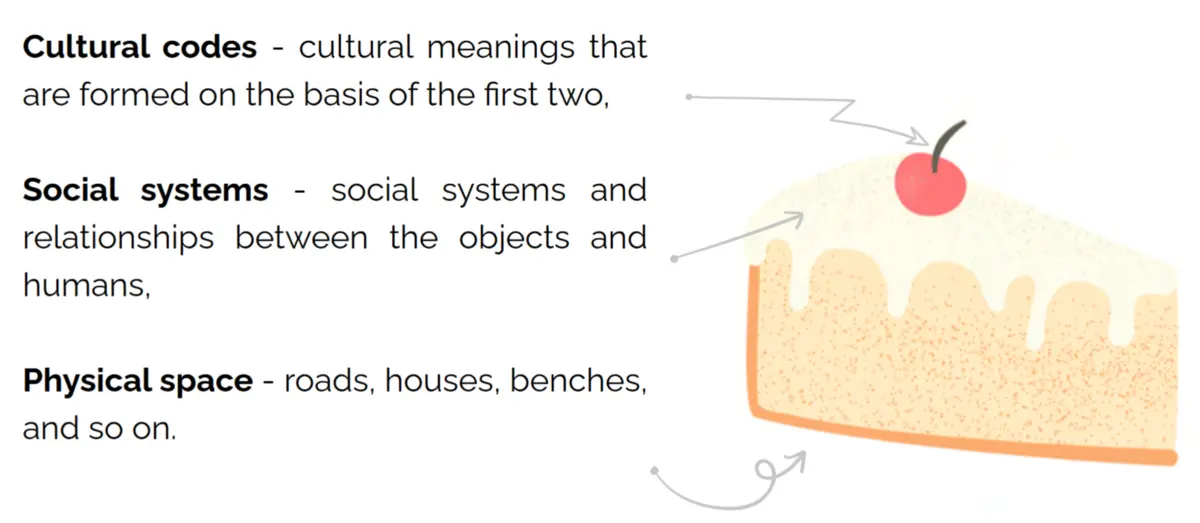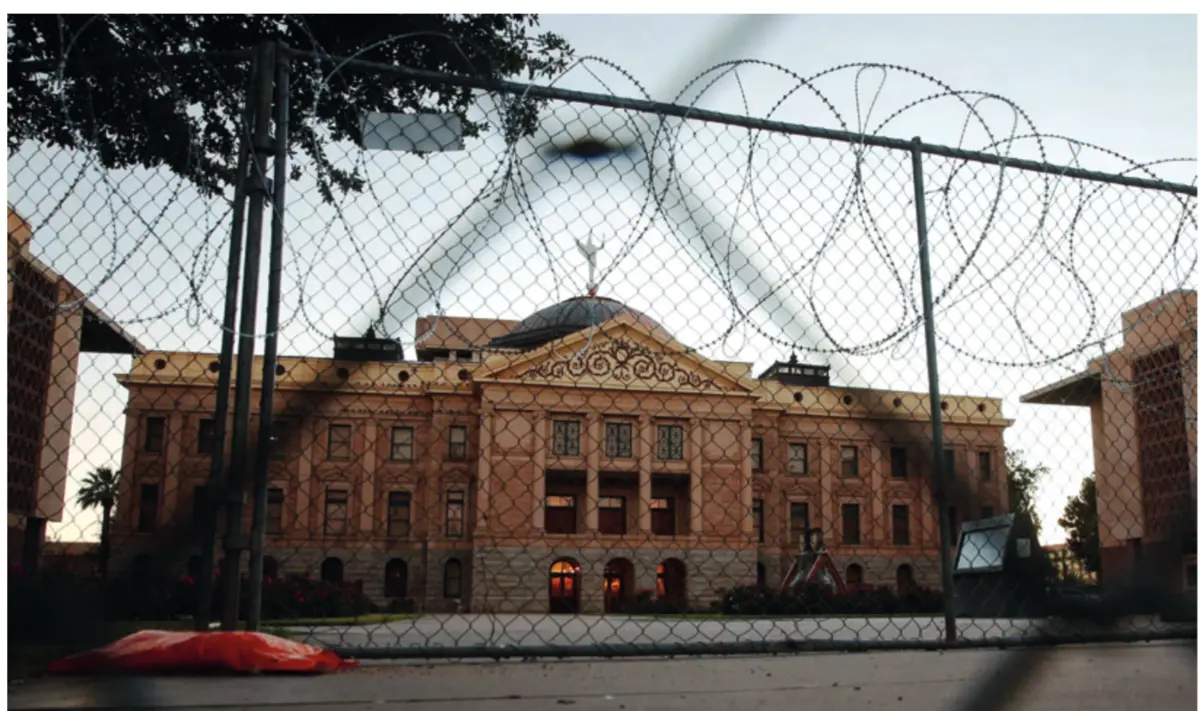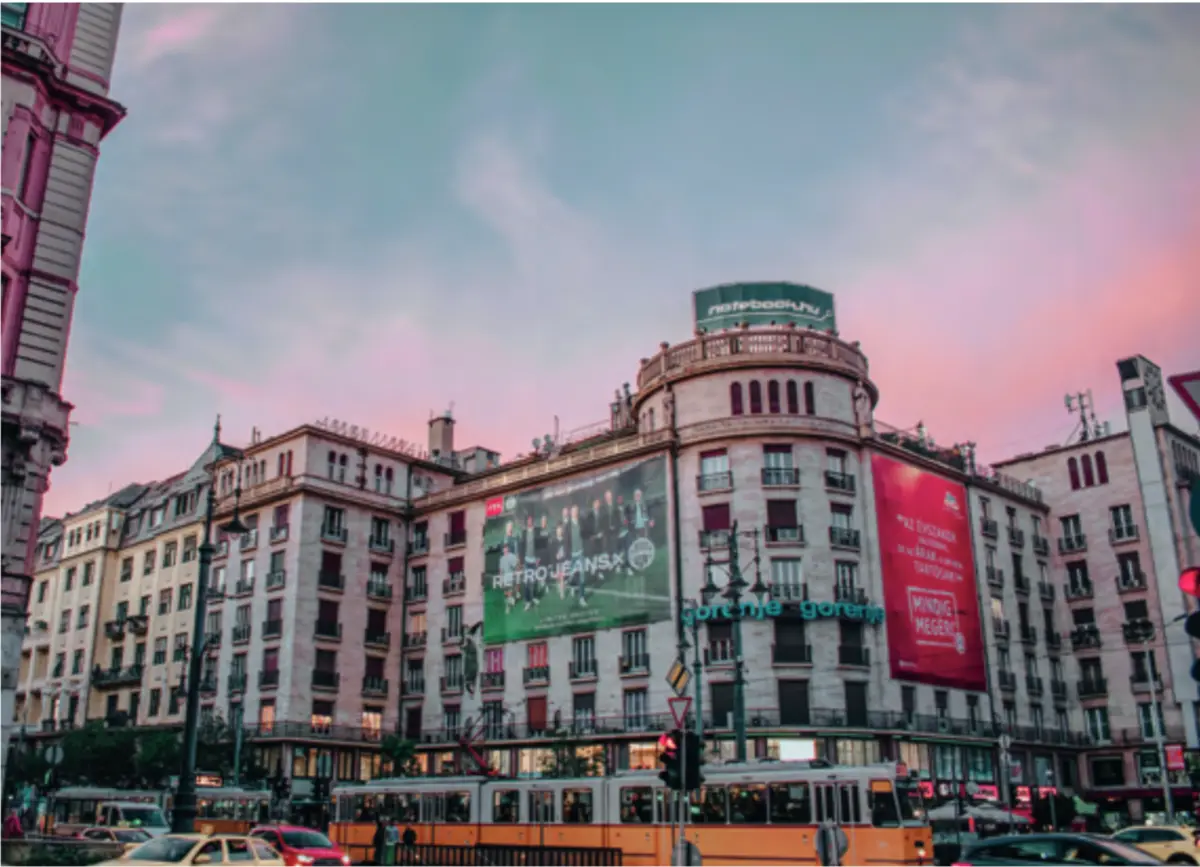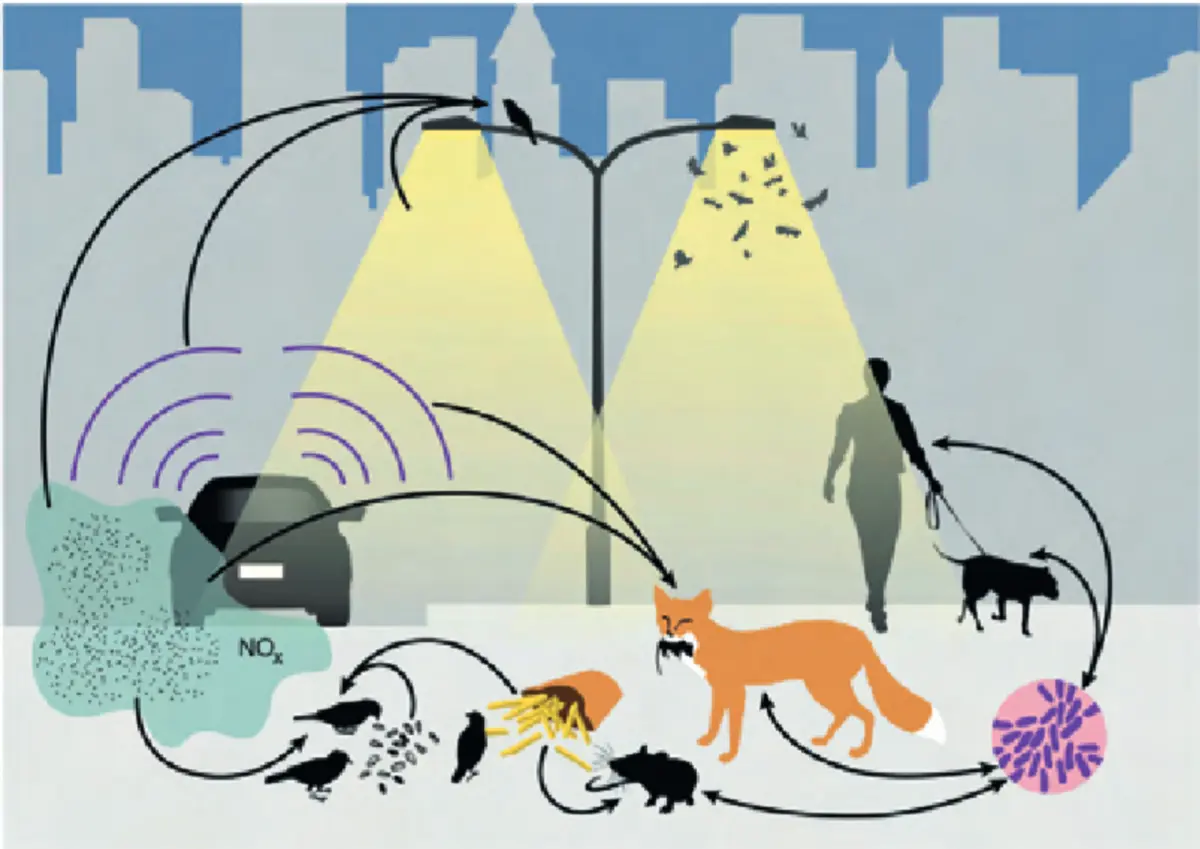City Structure and How to Analyse It
As majority of youth is living in the cities and the number is just predicted to grow, it is important, that we have the basic understanding how to analyse the city. There are way too many aspects that can be analysed, and we can probably only specialise in the several, but the below mentioned aspects are the basis, on which you can build your assumptions and develop the analysis the direction you are interested in. City can be imagined as a layered pie consisting of the following layers:

Let’s explore each in depth.
Physical space
Physical space includes landscape, flora and fauna and all the human built environment: roads, buildings, parks and street furniture and decorations. There are specifics we would like you to notice as they happen to be spread across Eastern Europe as a common trait.
Fences
Creations of barriers like fences, is an attempt to territorialise area, to show private and governmental structures. It also affects pedestrian and transport infrastructure, as it is to create barricading space for mobility. Fencing leads to ineffectively used territory across loads of cities and towns. Sometimes these are abandoned buildings, such as factories, sport fields or similar, located in the city centre. In these kind of cases, the city governments should give space for re-thinking the use of those territories. There can be new types of housings or other functions taking over the buildings and smashing the fences.

Can cities get rid of advertisements?
Commercial advertisement can be seen all around the cities, and it is often not connected to the cultural code of the place. Inside the global movement to ban urban billboards, it is wondered what would be European policy in the nearest years regarding it. We are only just beginning to understand how the advertisements are affecting the perception of the city image. If we remove all the ads, the cities will look totally different. Getting rid of the advertisements shouldn’t and will not happen overnight. The cities can set taxes for the ads in particular places, as well as use the space to communicate the city decision with the wider public or stimulate the social campaigns and not the consumerism.

Flora and Fauna
Unfortunately, parks, squares and alleys are changing their functions on the physical level. Even the greenest cities have been affected by commercial structures. People still visit parks to relax and stroll, but due to lack of green areas, there are social conflicts between bicyclists, dogs owners, parents with children and those who just want to chill in a park. Of course there can and should be some amount of commercial objects in parks - someone selling an ice-cream or balloons, but not hotels or restaurants. Here the facts are plain simple: relations with city fauna is the last issue governments are analysing before investing in new residential areas. Absence of consultancy with ecologists and soil scientists affects species who used to be living in a given area. It is needless to say that the parks are important in the city, but we should also remember that the parks are inhabited by fauna, which has the right to the city just as we, humans do. It is also important to consider the interrelations of the (more or less) indigenous fauna of the city, like birds, rodents etc. and the pets that we walk in the parks (mostly dogs) and how human activities affect the fauna of the city (e.g. fireworks).

How does your city smell?
Noises and smells of cities do create bordering of territory. Noise levels in badly planned cities are constantly growing. Cities are stinking because of lack of the waste separation and other issues. According to the centre for the conscious design, smell creates highly emotive reactions and connections with space and place. Therefore, the smell of a city should be adjusted, not only for instant enjoyment, but also for emotionally positive experiences and a sense of place, and knowing it can be effectively implemented in future planning strategies. The waste management and recycling are the first steps, as well as ensuring that the industries switch to the renewable sources of energy that do not produce any fumes. Public, clean, accessible and free toilets is the next step.

Last steps would be to ensure more or less equal distribution of the bakeries and parks. Some smells city can’t do anything to - for ex- ample if there is a sulphur spring in the neighbourhood, it will smell with sulphur.
Social structures
The spatial distribution of social groups in the city has been a central issue of urban studies and planning since the 1920s. The social structure of the city is various patterns of social groupings that tend to be characterised by common features like socio-economic status, age, life stage, ethnic background, lifestyle and sexuality. Large cities have always exhibited diversity. They have always been more than just densely built sites, centres of economic power or concentrations of population. They have also been market places and have attracted flows of diverse people who have traditionally exchanged goods and ideas. These inflows of people have stimulated cities to become centres for the arts, creativity, science and innovation. Transnational links between people and, therefore, between cities are on the increase. The collapse of the «socialist» block is the most outspoken illustration, that has led to new patterns of social and spatial inequalities.
Cultural codes
City culture is our common values and behaviours. When we think about uniqueness of the Eastern European culture, what comes first to our minds? It is not about memorable monuments, it is not about famous people living here. To understand better the city culture, methods like key-wording, mind-map- ping and most importantly, observation can be used. City culture also contains city toponyms, legends, outstanding personalities, historical facts, inventions, rumours, cultural events and so on. Everything that is located in this intangible space of the city, we call cultural codes because each of these cultural codes is the result of the work of either an author or a team of authors. And secondly, all these cultural codes are closely related to each other. You can always, if you wish, trace the cultural code, who inspired whom, why something happened, what is its effect, the cause, and so on. Cultural codes do not exist on their own, they are part of a larger “chain”. And these chains, of course, will be unique in each city. Starting from the history of the emergence of a city, there will be several famous names, historical events, local legends, etc. and all this will be engraved in the cultural chains. Cultural chains are closely related to physical space and the people who lived at these locations. Therefore, every public space in the city also has its own cultural code, which is directly related to that place. Knowing all these and observing the different layers of the pie in your city allows us to broaden our knowledge and understanding of the cities as living organisms.
This article was initially published by Cooperation and Development Network. You can read the full publication at https://www.cdnee.org/publications